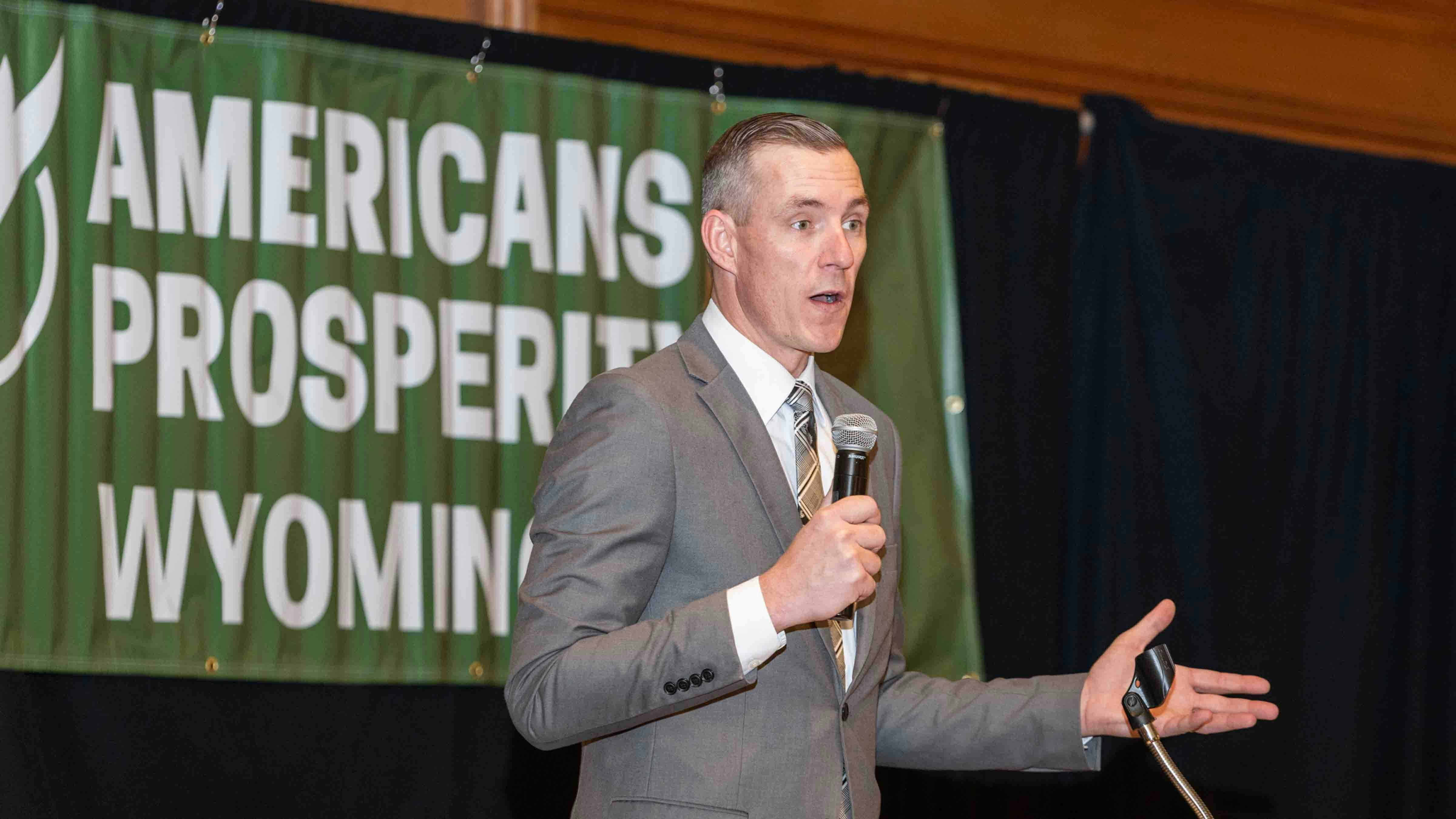To the editor:
On Friday, Jan 19, 2024, you ran a column by Karl Brauneis, explaining that the demise of the timber industry, brought about by environmentalists, caused the mountain pine beetle epidemic that has devastated western forests. Without the timber industry, forests are no longer managed in a way that limits beetle outbreaks.
It’s a thought-provoking column, but I think that Mr. Brauneis misdiagnoses the problem. As he points out, the beetles have always been in the forests. Most of the time, they killed a few trees here and there; now and then, the population in an area ballooned and killed most or all of the trees across a fairly limited landscape. Mr. Brauneis describes such an outbreak in northern Idaho, which foresters and the timber industry tamped down.
But this phenomenon of fairly limited outbreaks now and then changed, starting in the early 1990s. Bark beetle populations exploded, with the insects killing a high proportion of trees in forests over huge areas across western North America. Even small trees that beetles used to ignore were killed. Did the absence of forest management cause this? Did environmentalists kill our forests?
No. Writing about beetle outbreaks and extensive fires of recent decades, Dennis Knight and co-authors point out in Mountains and Plains: the Ecology of Wyoming Landscapes (2nd edition, page 216): “It is tempting to attribute such problems to inadequate forest management...However, the increase in fire and bark beetle activity is almost ubiquitous, occurring in forests with a great variety of management histories throughout most of the western and northwestern states and up into Alberta and British Columbia. Climate change is the most likely explanation.”
Winter cold spells used to stop beetle outbreaks. And trees generally resisted the beetles. But in recent decades, cold spells have been rarer, less cold, and shorter, so more beetles have survived them. Summers and falls have been warmer and drier, stressing trees and making them susceptible to beetles.
Even if the timber industry and pro-active foresters had maintained the levels of activity from their heyday, they’d have tamped down the beetles only in widespread, limited areas. Suppressing the outbreaks over broad areas would have required building roads and cutting trees on a scale that few people outside the timber industry would have accepted. The effort would have been astronomically expensive. I don’t see how it could have been ramped up fast enough. I doubt that it could have been sustained long. And, large areas of our national forests are unsuitable for timber production or are managed for other things.
Mr. Brauneis touches on forest health, and if I understand him correctly, he suggests that we need active management for timber production to produce healthy forests. We’re all for healthy forests, but forest health is difficult to define. If the concept is restricted to stands of straight, even-sized trees, with no cavity-riddled, dying or dead snags, then timber management certainly creates healthy forests. But a healthy forest can be composed of trees of different species and sizes, Including some with mis-shapen crowns and broken branches -- even dead snags. Whether a forest is healthy depends in large part on what we expect from it. Same with humans: I’m 70 years old and healthy (thank my lucky stars), but in a very different way than I was at 25.
This matters because if we misdiagnose the problem, we won’t come up with a realistic way to address it.
Sincerely,
George Jones
Laramie





